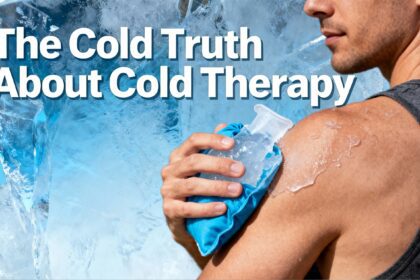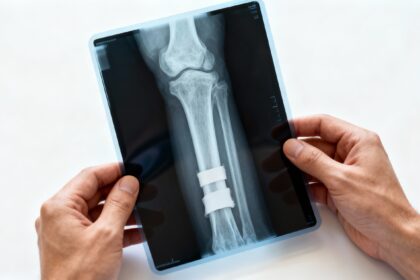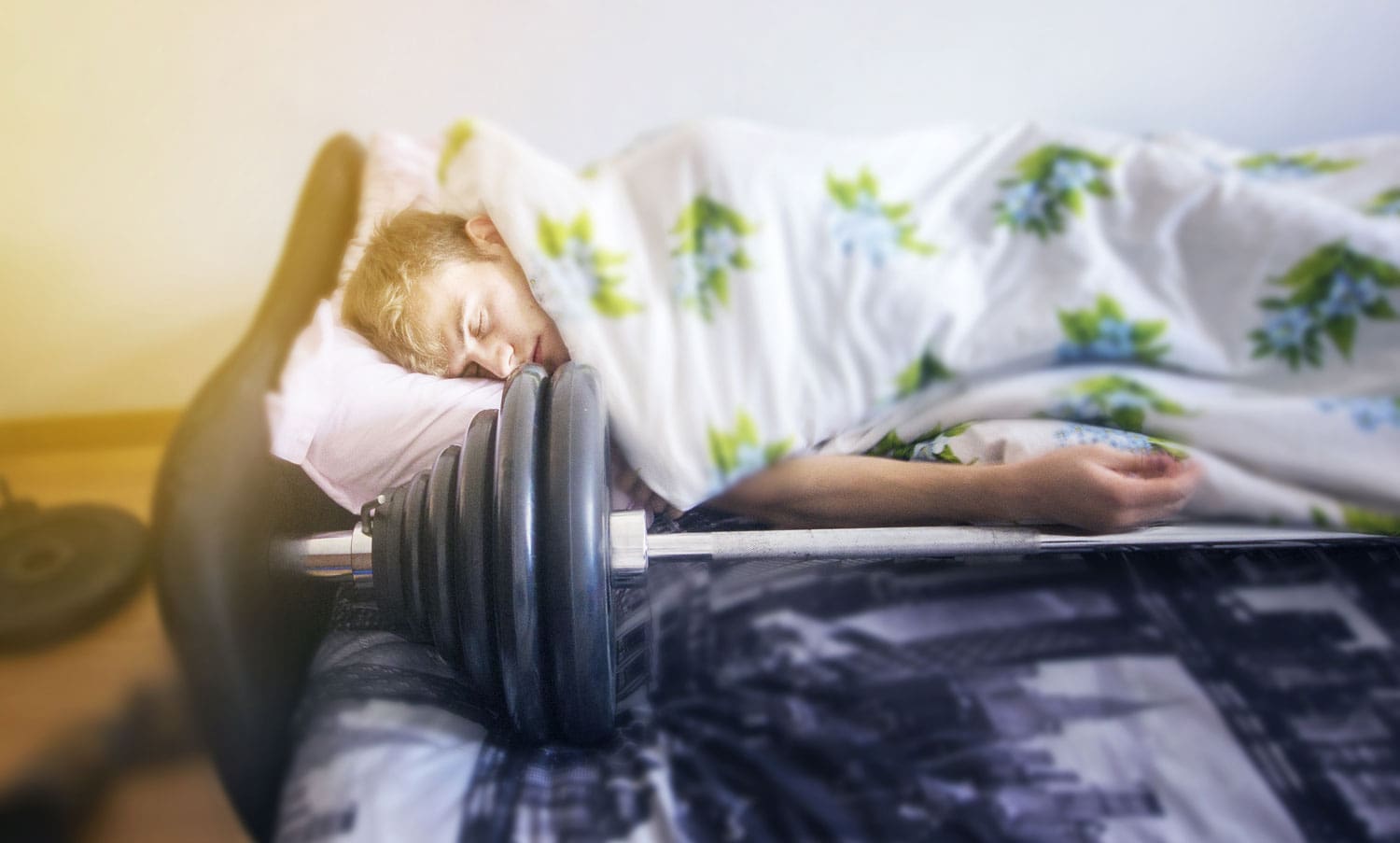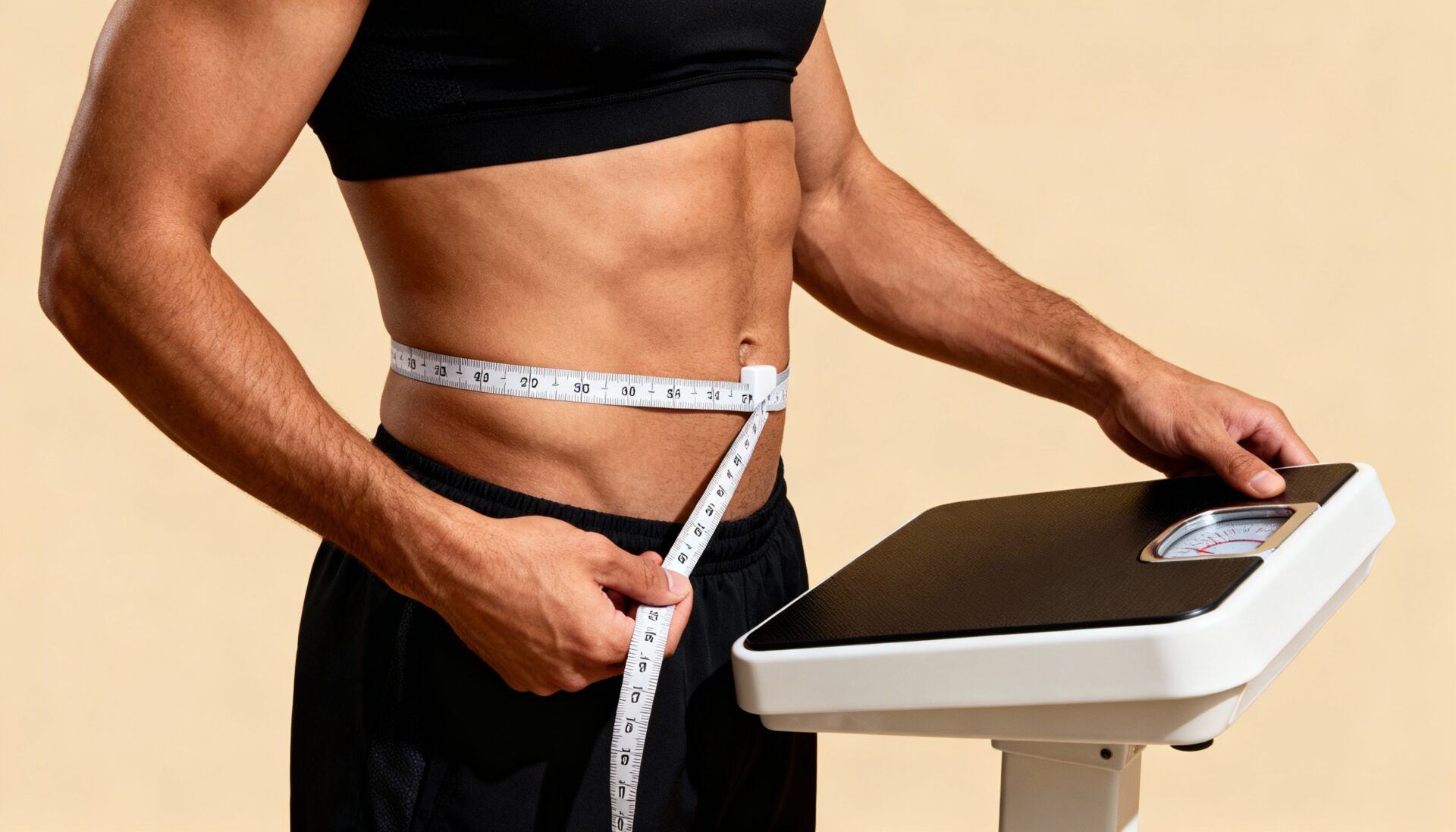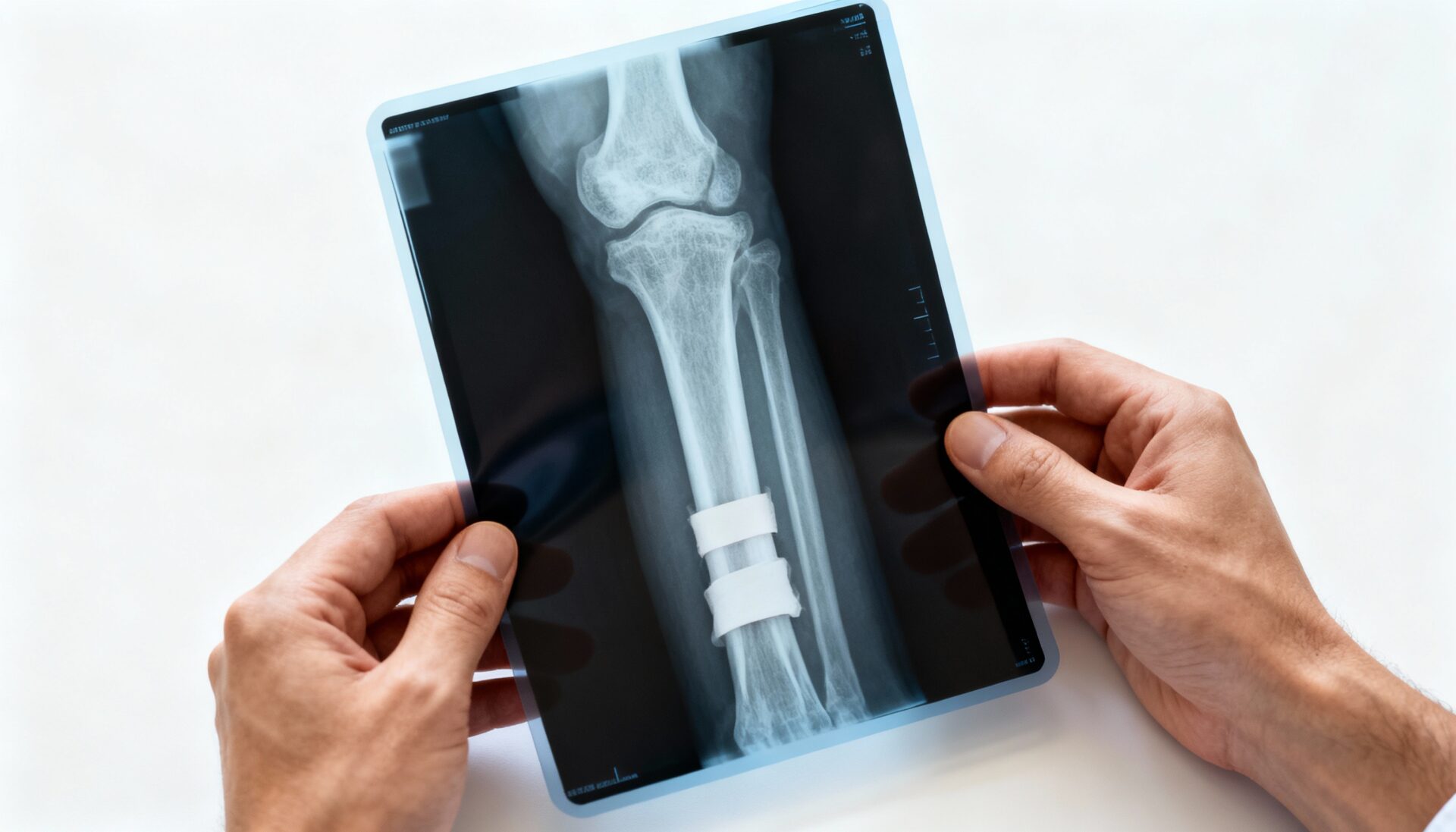Increase Testosterone
Most bodybuilders know that certain vitamins such as Vitamin D and magnesium are essential to increase testosterone production, but if you are looking to increase testosterone levels, then it may make sense to go on a diet as well. You may think that eating more calories is more conducive way to increase testosterone, but new research suggests that being overweight can lower a man’s testosterone. A previous study found that testosterone levels are inversely correlated with greater body fat and insulin resistance. The more body fat one has, the more insulin resistant a person is. It is believed that the inverse relationship between testosterone and insulin resistance is mediated by body fat. Epidemiological studies support a negative correlation between serum testosterone and obesity. It has been reported that obesity suppresses SHBG (i.e. testosterone carrier protein) and, as a result, total testosterone concentrations decrease. Researchers just reported in the Asian Journal of Sports Medicine that a resistance exercise program was able to increase testosterone levels and boosted the insulin sensitivity hormone adiponectin in conjunction with a loss of body fat. In a semi-experimental study, twenty-one obese young men were randomly placed in two groups: resistance training and control. Resistance training protocol consisted of twelve weeks’ weight training (3 sessions per week, 10 exercises, 3 sets of 8 – 12 repetitions in each exercise, intensity 60% – 80% of one repetition maximum, rest between sets 1 minute and between exercises 2 minutes, duration of main training 20 – 40 minutes per each session). The researchers examined testosterone and adiponectin levels pre and post study.

At the end of the study, resistance training had no significant effect on body weight and body mass index, whereas it decreased body fat percent.
The decrease in body fat was also associated with an increase in serum adiponectin (i..e increased insulin sensitivity), and testosterone concentrations were increased after resistance training while there were no significant changes in serum levels of these hormones in the control group. According to the findings of the present study, increased levels of adiponectin and testosterone after resistance training in obese young men, is associated with lower body fat and fasting insulin. The takeaway findings of the study is that if you are looking to increase testosterone from resistance exercise, it good to lose excess bodyfat. Even though the subject’s weight did not change in the twelve-week study, they lost bodyfat which was associated with an increase in testosterone and insulin sensitivity.
Testosterone Important for Overweight Men Dieting
It’s no surprise that more and more American men are becoming obese. One of the more shocking findings that researchers have found is that not only does obesity increase the risk of heart disease and diabetes and hypertension, it also reduces a male’s testosterone levels. One study found that reported that approximately 52.4% of all obese men had low testosterone levels below 300 ng/dl (10.4 nmol/l). The standard range of testosterone levels in healthy adult males is between 280 to 1,100 nanograms per deciliter (ng/dL).
Testosterone Increase and Lean Muscle Mass and Reduces Adipose Tissue
Testosterone levels are reduced with increased waist circumference and obesity and approximately 40% of nondiabetic obese men and 50% of obese diabetic men aged above 45 years have low free testosterone. One researcher proposed testosterone therapy as a new potential intervention strategy for managing obesity in hypogonadal men (testosterone deficiency). Testosterone treatment results in improved insulin sensitivity, lipid oxidation and reduction in fat mass with a concomitant gain in fat-free mass. One of the key observations in testosterone therapy is that testosterone increases lean body mass, thus increasing resting energy expenditure. Long-term testosterone therapy in men with testosterone deficiency produces significant and sustained weight loss, marked reduction in waist circumference and BMI and improvement in body composition. Further, testosterone increase therapy ameliorates components of the metabolic syndrome. The improvements above are attributed to improved mitochondrial function, increased energy utilization, increased motivation and vigor resulting in improved cardio-metabolic function and enhanced physical activity.
Testosterone Treatment to Calorie Restriction Reduces Fat Mass More than Calorie Restriction Alone.
On April 2, at ENDO 2016, the annual meeting of the Endocrine Society, in Boston, researchers presented some new research on how testosterone not only helps preserve muscle mass on a diet, but it also promotes loss of body fat. Overall, 40 percent of obese men have low testosterone. The decrease in testosterone may be related to the excess estrogen levels being secreted from adipose tissue or insulin resistance. Weight loss due to calorie restriction is associated with increased circulating testosterone, and testosterone treatment reduces fat. However, researchers don’t know whether adding testosterone treatment to calorie restriction reduces fat mass more than calorie restriction alone. Dr. Grossman and colleagues conducted a clinical trial of 100 reasonably healthy obese men from the local community between 20 and 70 years of age who had low testosterone levels.
Overall, 20 percent of them had diabetes and 10 percent had heart disease. For the first ten weeks, all participants were placed on a strict 600 kcal per day very-low-calorie diet. They were also encouraged to abstain from alcohol and perform at least 30 minutes a day of moderate exercise. Every ten weeks over the 56-week-long study, 49 men also received injections of 1,000mg of intramuscular testosterone undecanoate, and 51 took a placebo. At the end of 56 weeks, both groups lost roughly 11 kg (24.2 lb). But those in the testosterone group lost almost exclusively fat while those on placebo lost both lean and fat. The men taking testosterone lost 3 kg (6.6 lb) more body fat than those on placebo and maintained their muscle mass while those on placebo lost 3.5 kg (7.7 lb) of muscle mass.
Endocrine Society. “In some men, taking testosterone while dieting may help lose fat, not muscle.” ScienceDaily. ScienceDaily, 4 April 2016. Chilton M, Dunkley A, Carter P, et al. The effect of antiobesity drugs on waist circumference: a mixed treatment comparison. Diabetes Obes Metab 2014; 16:237–247 Mulligan T, Frick MF, Zuraw QC, et al. Prevalence of hypogonadism in males aged at least 45 years: the HIM study. Int J Clin Pract 2006; 60:762–769 Svartberg J, von Mühlen D, Sundsfjord J, Jorde R. Waist circumference and testosterone levels in community dwelling men. The Tromsø study. Eur J Epidemiol 2004; 19:657–663 Dhindsa S, Miller MG, McWhirter CL, et al. Testosterone concentrations in diabetic and nondiabetic obese men. Diabetes Care 2010; 33:1186–1192 Saad F, Aversa A, Isidori AM, Gooren LJ. Testosterone as potential effective therapy in treatment of obesity in men with testosterone deficiency: a review. Curr Diabetes Rev 2012; 8:131–143 Francomano D, Bruzziches R, Barbaro G, et al. Effects of testosterone undecanoate replacement and withdrawal on cardio-metabolic, hormonal and body composition outcomes in severely obese hypogonadal men: a pilot study. J Endocrinol Invest 2014; 37:401–411 Bouloux PM, Legros JJ, Elbers JM, et al. Study 43203 Investigators Effects of oral testosterone undecanoate therapy on bone mineral density and body composition in 322 aging men with symptomatic testosterone deficiency: a 1-year, randomized, placebo-controlled, dose-ranging study. Aging Male 2013; 16:38–47 Moradi F. Changes of Serum Adiponectin and Testosterone Concentrations Following Twelve Weeks Resistance Training in Obese Young Men. Asian Journal of Sports Medicine. 2015;6(4):e23808. Hiruntrakul A, Nanagara R, Emasithi A, Borer KT. Effect of endurance exercise on resting testosterone levels in sedentary subjects. Cent Eur J Public Health. 2010;18(3):169–72. Tsai EC, Matsumoto AM, Fujimoto WY, Boyko EJ. Association of bioavailable, free, and total increase testosterone with insulin resistance: influence of sex hormone-binding globulin and body fat. Diabetes Care. 2004;27(4):861–8.


